There are many words often used to describe fall, like colorful, cozy, and transitional. And, while fall is all of these things, it doesn’t have to be a time of grand change; sometimes small changes make all the difference. This issue of American Lifestyle highlights the small discoveries and shifts that can make your season more enjoyable.
As far as tourist destinations go, Arkansas might not be the first state that comes to mind. However, the state is home to a park where truly remarkable finds have been made—millions of dollars’ worth, to be exact. Learn all about the exciting history of Crater of Diamonds State Park, where guests have the opportunity to unearth their very own jewels.
In a way, your home is like a precious gem. It’s highly valuable to you, and it is worth more when you care for it properly. Your entryway is the first part of your home that people see, so it’s perhaps the most important part to care for. The enclosed tips can help you create a functional and well-decorated entryway or mudroom that’s sure to impress.
You can’t underestimate the power of a delicious meal, especially in autumn when we are partial to the familiar and comforting foods we love. However, the familiar and comforting can sometimes feel lackluster. A pair of recipes from Christopher Kimball’s cookbook Milk Street: Cookish are here to save the day, proving that simple and flavorful dishes can still pack a punch.
Preparing good food is only one of many ways to enjoy the comforts of fall. Another popular outlet is curling up by a warm, cozy fire. However, many people aren’t aware of the upkeep required to operate a fireplace safely. Inside you’ll find tips for maintaining your fireplace, plus insights into the benefits of each type if you’re looking to install one.
May you enjoy every small comfort that comes your way this season. As always, it’s a pleasure to send you this magazine.
T he term “once-in-a-lifetime experience” is thrown around a lot. For example, meeting your favorite celebrity or winning the lottery may qualify. But it also applies to America’s parks, each of which provides visitors with its own take on nature, local flavor, and history.
And, on occasion, you’ll find one of the thousands of state parks across the country that really pumps up the “wow” factor.
One such place is Crater of Diamonds State Park in Murfreesboro, Arkansas. About two hours southwest of Little Rock and a little over two hours north of Shreveport, Louisiana, this tourist destination is one of the few places in the world where people can search for diamonds in their original volcanic crater, making it a truly unique experience.
And, yes, whatever you find, you get to keep.
But, much like a gemologist looks into the past to understand how a diamond forms, one must look back at the history of the Crater of Diamonds to understand how it grew to be the state park it is today.
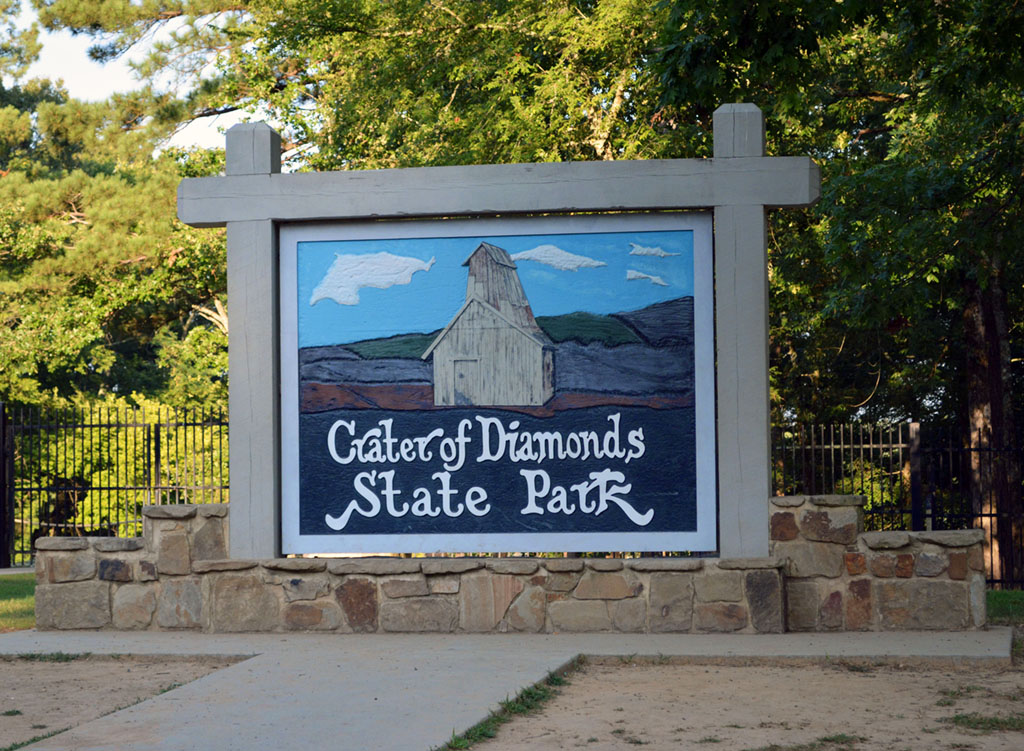
The eroded volcano that formed this land is estimated to be approximately ninety-five million years old. In the 1800s, geologists were the first to suspect that the area could contain diamonds. A farmer named John Wesley Huddleston was the first to discover diamonds, which he found on his property in 1906. Seeing an opportunity, Huddleston sold his land a mere one month later to investors for $36,000 (the equivalent of $1.05 million today), who embarked on diamond mining.
News spread fast about this diamond-rich area, and between 1907 and 1910, it was inundated with prospectors; a tent city even sprung up nearby. However, most attempts to mine the land were futile. In 1952, Howard Millar opened a mining tourist attraction on the north side of the park’s current diamond search area called Millar’s Crater of Diamonds. The adjacent property to the south also opened to the public around the same time as the Arkansas Mine. Both attractions competed for business from tourists in nearby Murfreesboro. The entire area was eventually consolidated under the company General Earth Materials in 1969 and three years later was bought by the state, which turned it into a state park. Over four million people have visited the Crater of Diamonds since then, and well over 100,000 people come here each year.
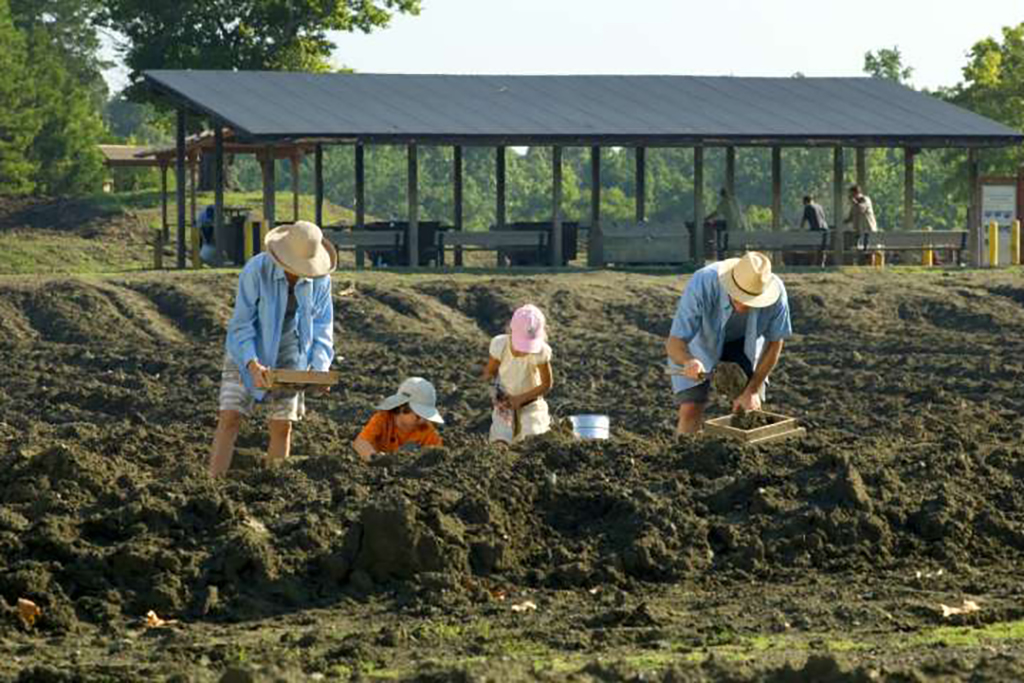
If you’re ready for your own diamond excursion, be sure to plan ahead. Tickets may be purchased up to twenty-four hours in advance on the park’s website or in-person at the park’s visitor center. In addition, people often wonder if they need to bring their own mining equipment. You’re welcome to do so, but the park also provides tools for rent. And a diamond or two is found every day at the park, so make sure to bring not only your tools but also something to carry your rocks in.
Before you start your dig, be sure to visit the park’s Diamond Discovery Center, where you can observe diamond-mining techniques and learn more about the park and the diamonds within it. You can even see glittering examples of uncut diamonds on display. You may also want to leave time to return here after you’re done diamond hunting, since the staff will be happy to examine and identify what you’ve found, free of charge—including diamonds, which they’ll register for you on the spot.

In its nearly fifty-year existence as a state park, the Crater of Diamonds has seen its share of historical mining moments. More than 34,000 diamonds, including thirty-five of five carats or more, have been discovered at this site since it opened in 1972. Perhaps surprisingly, you’ll find variations in three main colors: white, yellow, and brown. Most are small, but some noteworthy—if not record-setting—gems have been found at this location since Huddleston first bought the land.
1924
The 40.23-carat Uncle Sam diamond was unearthed. To this day, it’s still the largest diamond ever found in America.
1975
A Texas man excavated the Amarillo Starlight, a 16.37-carat beauty that is the largest found since the Crater of Diamonds became state-owned.
1990
The Strawn-Wagner Diamond weighed “only” a little over three carats when it was found, but it’s exceedingly rare, being one of the few diamonds deemed “perfect” by both the American Gem Society and the Gemological Institute of America. In 1997, it was cut into a 1.09-carat round brilliant shape and purchased by the State of Arkansas to be put on permanent display at the park.
2015
A Colorado woman found the 8.52-carat white Esperanza diamond, the fifth-largest ever found at the park. It was deemed colorless and internally flawless and later priced at $500,000.
2020
Last year, the second-largest diamond since 1972 came out of the Crater of Diamonds. It is brownish in color and is a whopping 9.07 carats.
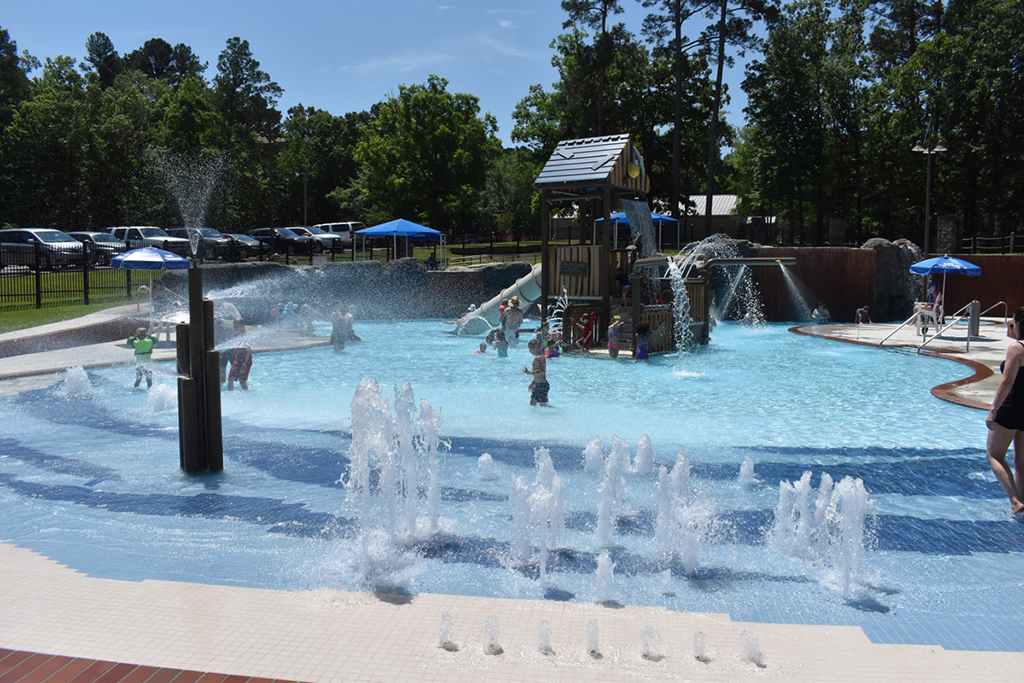
Sure, people come to Crater of Diamonds State Park with the hope of finding such diamonds, but there’s much more waiting to be excavated. Other gems commonly found at the site include amethyst, quartz, and garnet, in addition to dozens of different minerals.
Outside of the digging, you can also enjoy a trio of walking trails, have lunch at one of the park’s picnic sites, and relax at one of the forty-seven campsites available. After a fun day of mining, take a refreshing dip at the onsite Diamond Springs Water Park and the more than 4,000 square feet of water in its wading pool. (The park’s operating days change over the summer, though, so be sure to check its schedule before you visit.)
Of course, people mostly visit for the opportunity of a lifetime. To hammer home this rock-solid point before you head out to the field, be sure to check out the Diamond Discovery Center’s Wall of Fame display, featuring the photos of happy folks who struck gold (or in this case, diamonds) at this gem of a park—and smile, knowing that you could be next.
For more info, visit craterofdiamondsstatepark.com
The fall often brings cozy decor, tasty food, and fun celebrations into your home—but it can also be a time for tracking in wet leaves, mud, and other markers of the changing weather. Keeping up with maintenance in your mudroom or entryway is of the utmost importance to prevent any potential damage to your interior.
If you don’t already have a dedicated mudroom, you can still reap the benefits of upgrading your entryway for the season ahead.
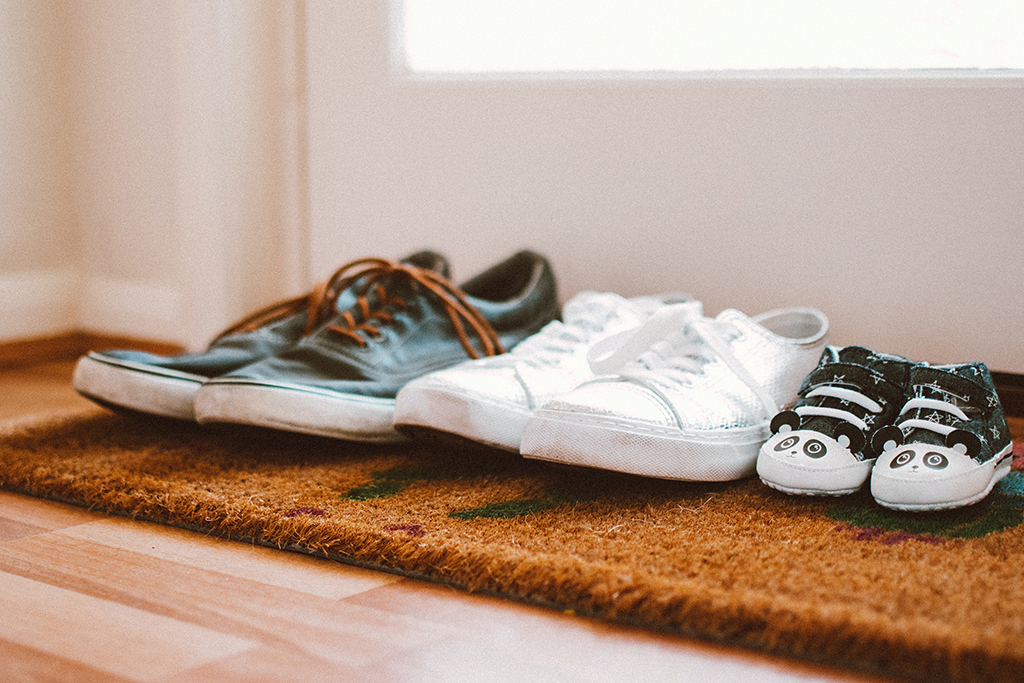
The top reason why outside elements don’t stay outside is that your shoe-storage spot isn’t trapping them. Here are a few solutions that can keep the muddy mess at bay.
Decorative doormats are cozy, welcoming accessories, but they don’t offer a ton of protection and are mostly for show. Consider placing an initial decorative doormat followed by a durable runner rug through your entryway or mudroom. This way, your shoes won’t touch as much of the floor.
Muddy, wet boots can wreak havoc on your hardwood or carpet. Instead of storing them outside in the cold, keep your boots warm and dry by creating a tray for them to drain onto. You will need a rubber or plastic boot tray, smooth stones, and a poly cement adhesive to glue the stones to the base of the tray. As an added bonus, the tray adds a fun and natural decorative touch to this space.
Place a bench against the wall in your entryway or mudroom, where you can take off shoes and unpack bags after a long day of fall activities. Choose one with a lift top and cubbies to maximize your storage space.
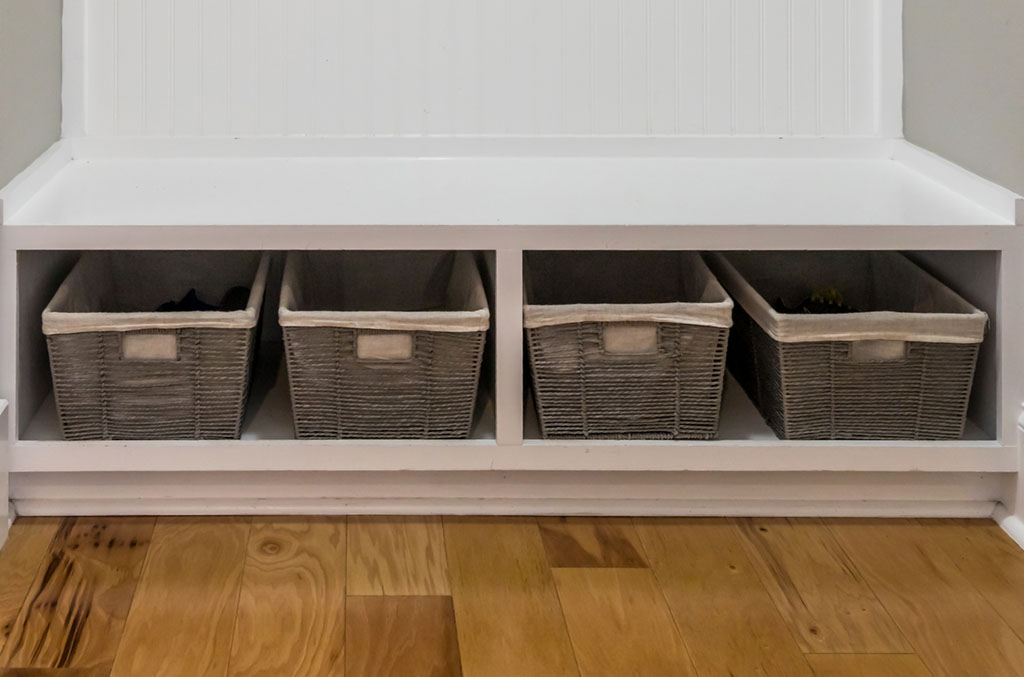
When you’re in a rush, the tendency is to leave items strewn about in the mudroom or entryway. Take time to devise an organization plan that suits you and your household’s needs. By doing so, you’ll be able to find things faster and keep everything looking presentable for guests.
One of the simplest organization tools you can use is baskets. Separate them by person or type of item. For example, you could have a bin for hats, another one for gloves, and one for scarves—and label them accordingly using a label maker or stickers. Avoid using tape and paper since the baskets may get wet from outside items. If you opt to organize by person, have everyone label and decorate their bin for a personal touch.
Additionally, consider using an opaque material for your bins. Options like canvas and wicker can withstand the elements and have a clean, aesthetically pleasing look. This way, your guests can’t see through to all the items inside the bins.
In many places, the weather is cooling down and jackets are coming back out. Hooks are essential for any mudroom or entryway. Hang hooks vertically so that each person in your household has a column for multiple clothing options. Closer to the entrance, have a separate set of smaller hooks and a tray for your keys, wallets, and phones so that they don’t get lost in the chaos of taking off your layers. As an added protection, place a rubber mat underneath the hooks to catch any drippage from rain jackets.
Don’t lean your wet umbrellas against the wall; instead, give them a dedicated space where they can stay upright to drain. You can purchase an umbrella stand, or you could fashion your own with PVC pipe and a glued-on rubber base. If you decide on the latter, paint it a color that matches your interior.
If your mudroom has an inside door, create an over-the-door storage system to keep smaller items compartmentalized. Accessories such as masks and sunglasses will be easily accessible but out of the way. Choose a storage system with clear pouches so you can immediately find what you need.
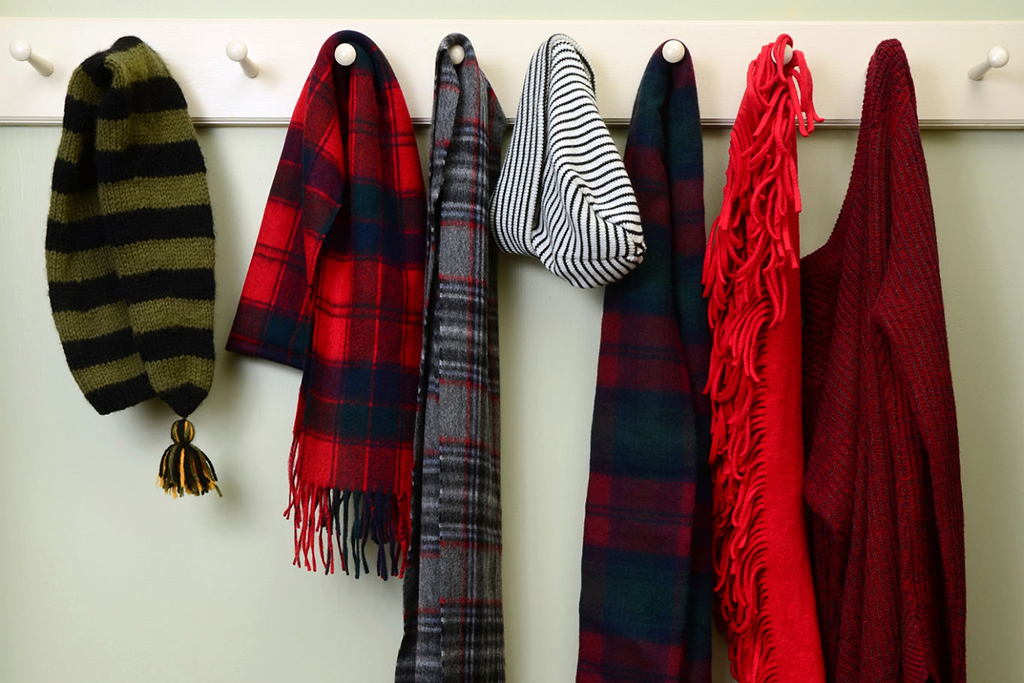
Before taking off your layers and storing them back in your baskets or cubbies, let them dry. Not allowing your items to dry before storing can lead to musty smells and mold and mildew, and will prevent your belongings from drying properly. Here are some tips to ensure you effectively dry the items in your mudroom or entryway.
Implement a hanging system for wet clothing before storing it back in baskets. Clothing like hats, gloves, and scarves can be left to dry using special hangers. Be sure to use a space that you can place rubber mats beneath. You can also invest in a wall-mounted drying rack, which can come in handy in all seasons for wet snow gear, spring rain jackets, and summer bathing suits.
Any mats that you place down should be rinsed and washed at least once a week. If you notice leaves and debris becoming an issue, mount a broom to the wall and sweep any materials back outside into a dedicated pile for removal. Just make sure leaves and dirt aren’t left on the porch or steps where they can be tracked back inside. Check with your municipality for leaf removal rules.
Keep a small towel handy to wipe down any debris that gets onto your entryway seating and hard surfaces, and be sure to wash it regularly. You may also consider keeping a basket of supplies nearby to clean and disinfect.
Fall is a season of change, and that should go for what you’re eating, too. If you’re tired of the same old same old when it comes to cooking, it’s time to mix it up with this pair of recipes from Milk Street: Cookish, written by author and TV personality Christopher Kimball.
Who said salads have to be boring? This recipe pairs peppery arugula with a spicy jalapeño vinaigrette for a flavor-packed side dish, or light lunch or dinner.
Eton Mess is a traditional British dessert that, as its name suggests, is made by combining a handful of delicious ingredients into a bowl in a somewhat messy fashion. It might not look sophisticated, but it sure tastes like it.

Excerpted from MILK STREET: COOKISH. Copyright © 2020 by Christopher Kimball. Photographs by Connie Miller. Used with permission of Voracious, an imprint of Little, Brown and Company. New York, NY. All rights reserved.
recipe by christopher kimball
photos by connie miller

Serves 4
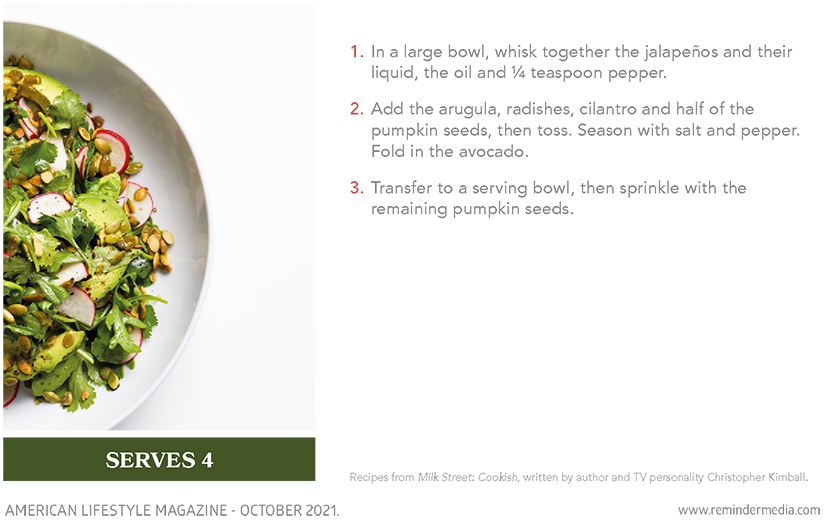



written by christopher kimball
photos by connie miller

Serves 4
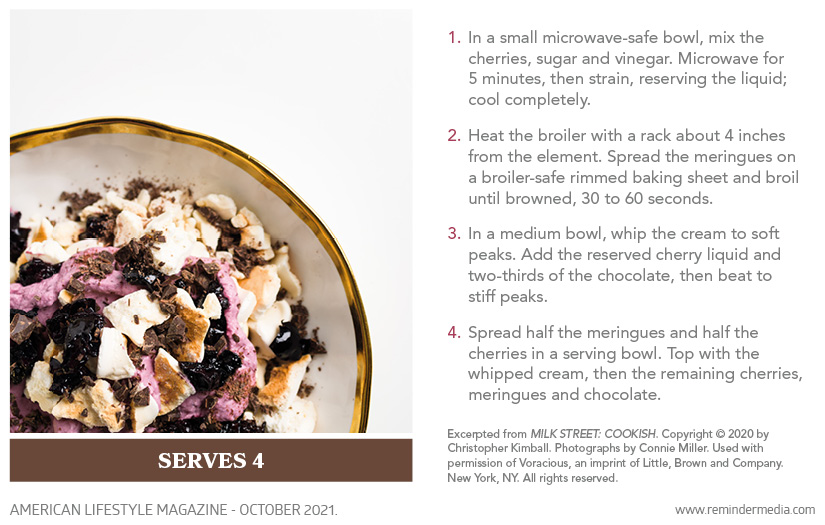



Nothing beats relaxing by the fire on a fall evening. A fireplace is a welcome addition to any room, whether you are entertaining guests or diving into a favorite novel.
However, your fireplace can cause problems if it’s not properly maintained. Read on to learn about each type of fireplace’s specific maintenance requirements.
Most important, no matter what kind of fireplace you have or want to add to your home, make sure you install both smoke and carbon monoxide detectors. Each is integral in keeping your household safe when using a fireplace.
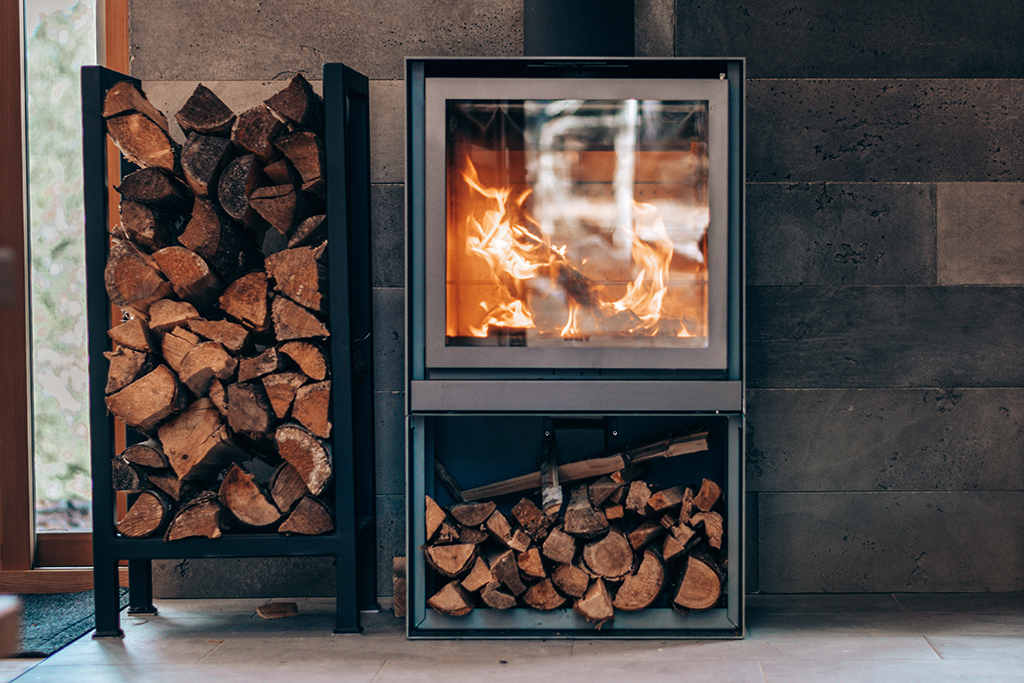
This is the classic style many people picture when thinking about fireplaces. Wood burns in the fireplace’s firebox, while the smoke is directed up and outside through a chimney. In addition to the large amount of heat they produce, wood-burning fireplaces create a charming ambience that many people love. However, traditional wood-burning fireplaces come with some added costs, in particular the need for a steady stream of wood to burn.
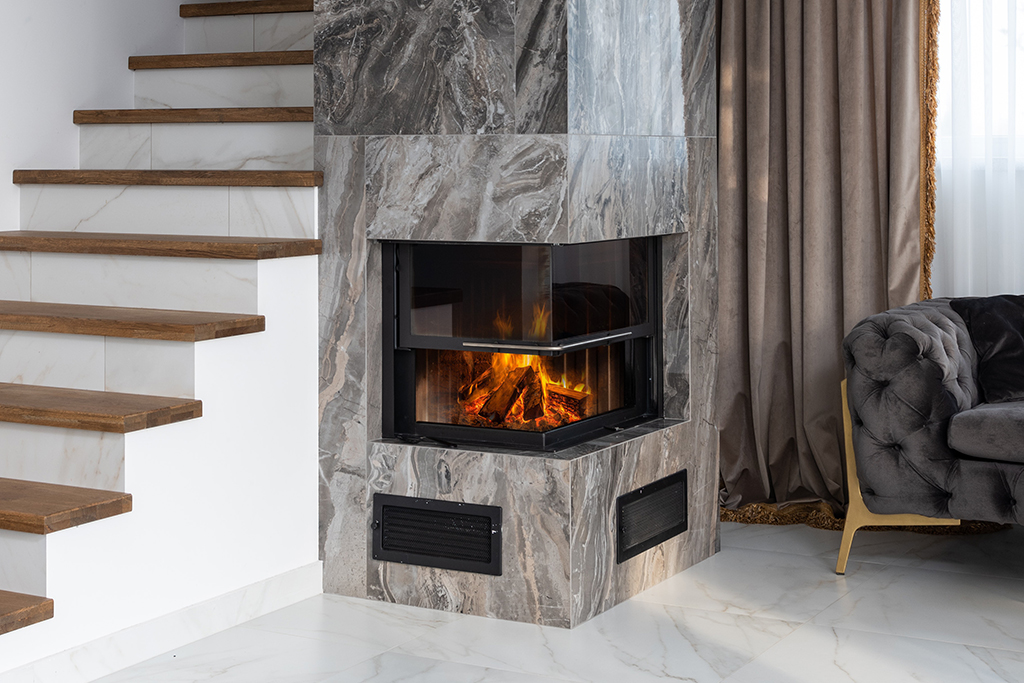
Gas fireplaces are popular due to their minimal maintenance and the consistent heat they provide. This style of fireplace only requires you to push a button or flip a switch to start the fire or extinguish it, and most varieties use either artificial logs or stones for aesthetic purposes. Some gas fireplaces require a chimney or ventilation system, while others are completely ventless.
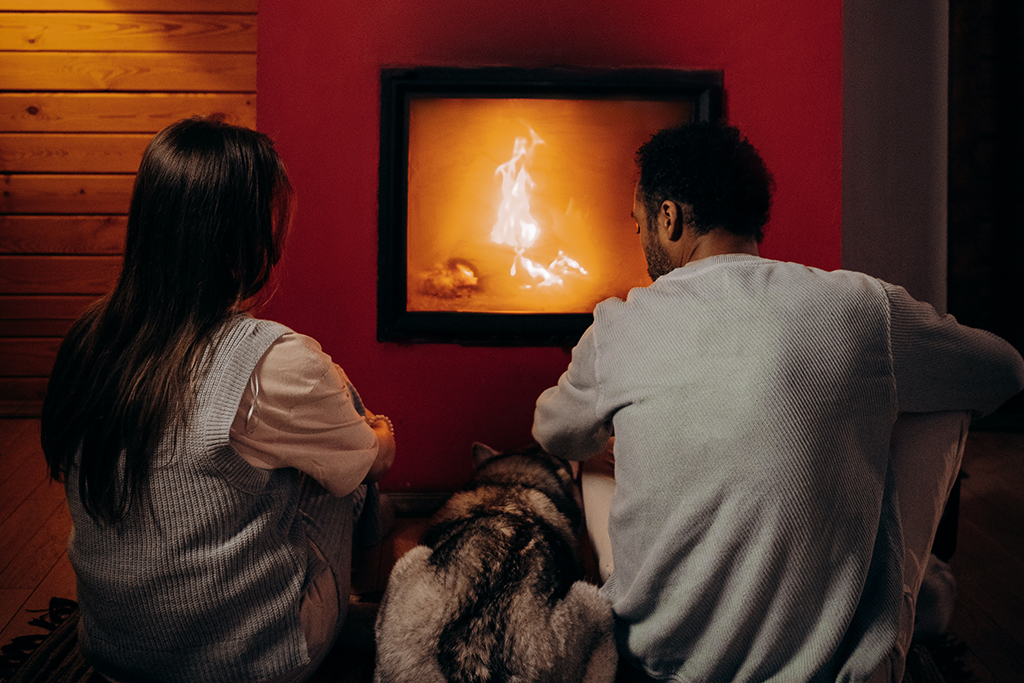
This style of fireplace is relatively low maintenance and simply plugs into an outlet to provide heat. A heating coil creates the heat, and an internal fan helps distribute the warmth into your home. Electric fireplaces create a fake flame to provide a traditional fireplace aesthetic; you can even turn on the flame without the heat to create a cozy ambience.
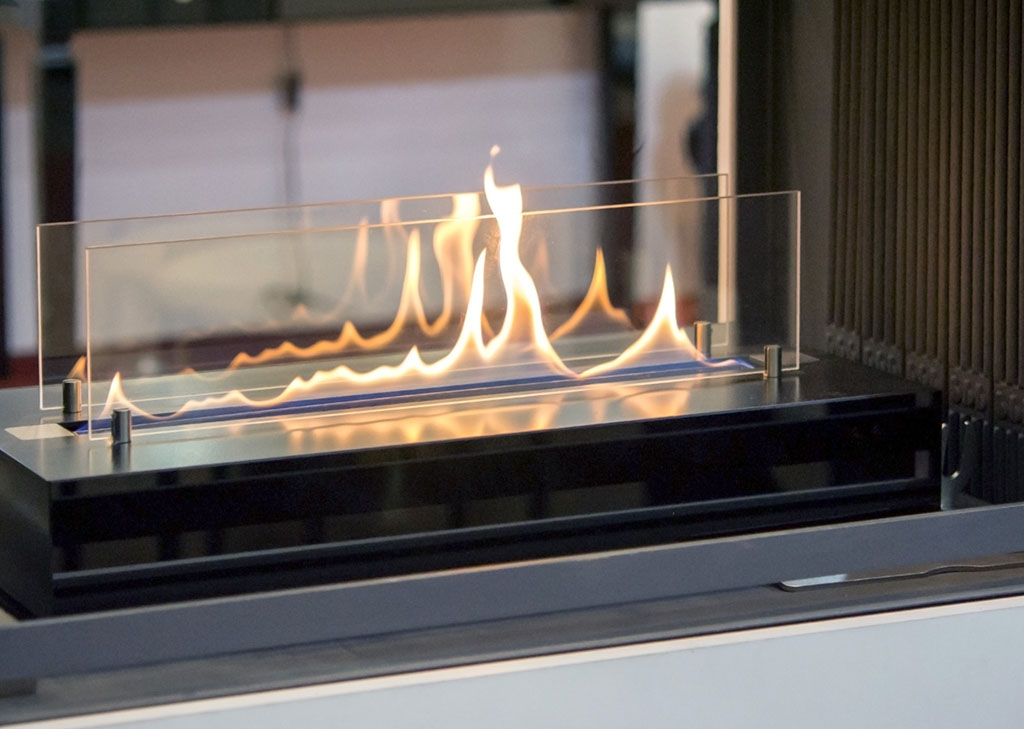
This modern fireplace uses liquid bioethanol fuel placed within burners inside the fireplace. The burners make it easy to adjust the temperature and turn the fireplace on and off. This is a popular style because of its simple installation and use of lightweight materials for hassle-free wall mounting.









